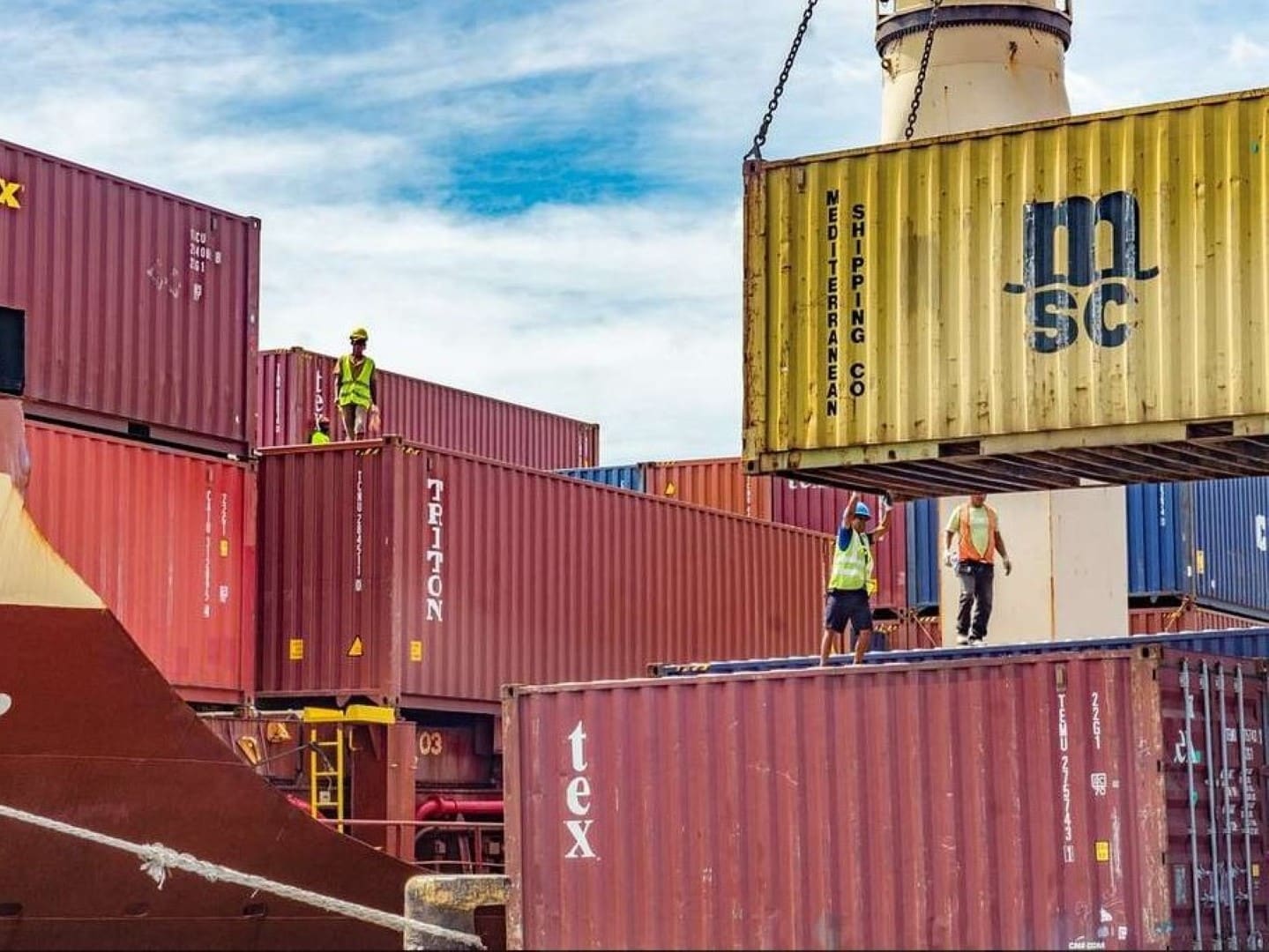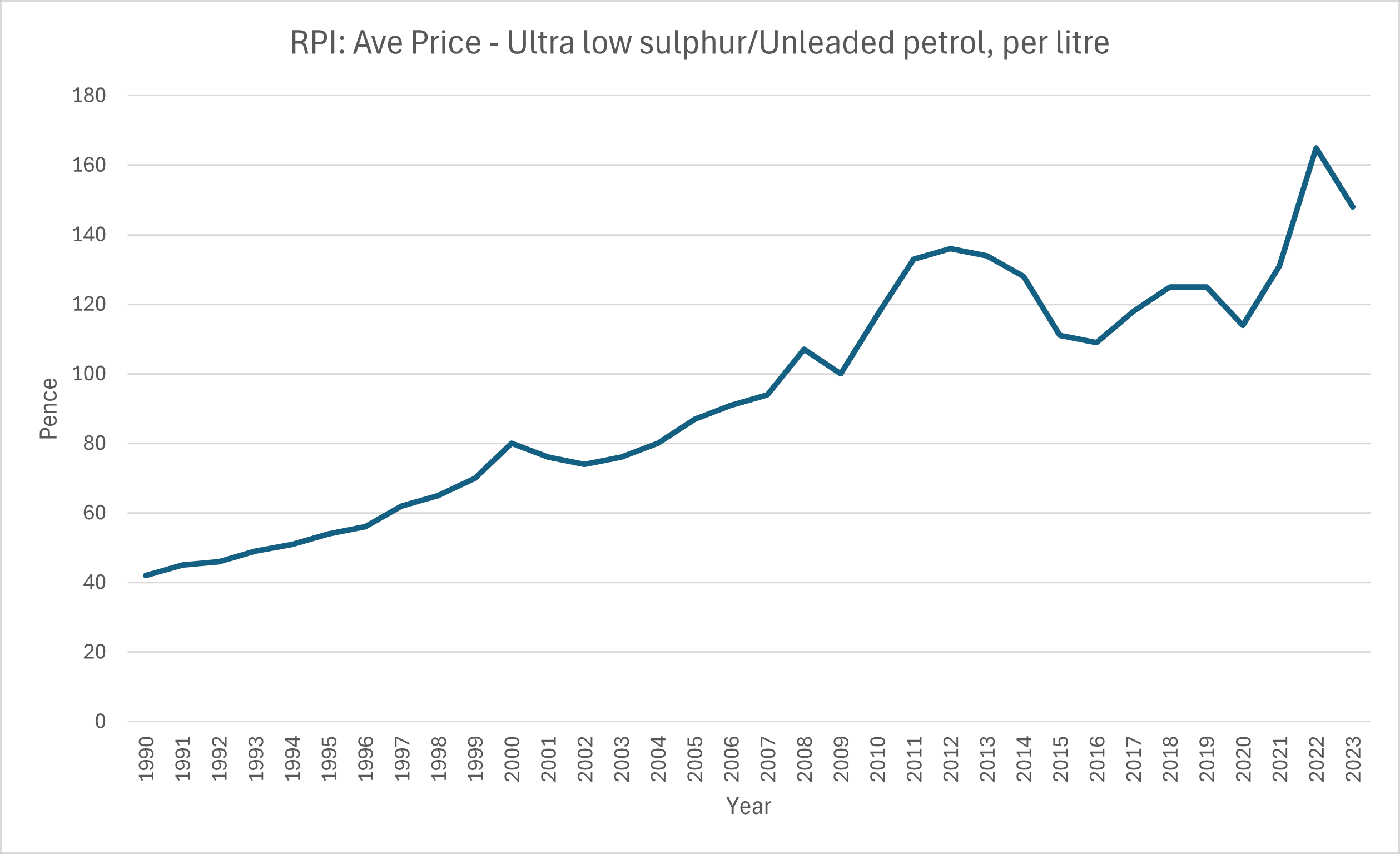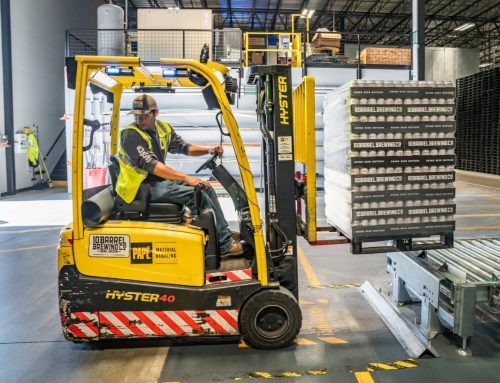
The rise in the cost of living has hugely affected businesses across the UK over the past few years. The COVID-19 pandemic, supply chain issues, and conflict in Ukraine have hurt a lot of businesses financially.
Energy prices are a common concern among many company directors. The Office for National Statistics reports that 41% of adults faced difficulty in affording energy bills compared to the previous month.
In particular, logistics companies have struggled enormously with meeting supply chain demands because costs have increased widely across the sector.
At Crispcap, we’re looking at the biggest financial issues that the logistics industry faces. We’ll also offer a cost-effective strategy to manage them in today’s economy.
Fuel Costs
Over the past three years, the UK has experienced short windows of low petrol prices, but the overall trend has been a steady increase in the cost of fuel.
The chart below has been created from data provided by the RAC Foundation. It demonstrates that costs have significantly lowered in the past two years, which is promising news to take away from the study.

However, the chart also emphasises how volatile the economy can be today. Prices are gradually rising and there is a big risk of occasional spikes due to political tensions and general inflation.
For fuel-hungry industries such as the logistics sector that rely on petrol for day-to-day transportation of goods, this is an unsettling find.
That’s why we recommend having a source of finance for backup, so the ever-changing economy does not impact your business operation. Crispcap are specialist in providing unsecured business loans in moments of financial uncertainty.
Driver Shortages
A shortage of HGV drivers continues to plague logistics processes. A surge in demand for home delivery services and new laws concerning EU drivers have had a huge impact on the number of truck drivers on the road.
The UK government have even funded training programs to improve the working conditions and salaries of truck drivers. Whilst this has helped in minimising the shortage, EP training reports that “less than 2% of HGV drivers are under 25, and the average age is 55”.
This is a very concerning statistic as it highlights that the problem is likely to worsen over time, with older drivers reaching retirement and the truck driver shortage intensifying.
Software
Due to the mass scale of logistics businesses, expensive software subscriptions are vital to completing day-to-day tasks such as managing inventory, schedules, and wider supply chain matters.
Programs like ShipBob and Magaya have changed how goods are organised and shipped across the world. Systems such as these are vital to logistics businesses that need to deliver an efficient service and have a competitive advantage in the current market.
However, such heavy reliance on logistics software, along with the increasing costs of software development and maintenance, have led to a rise in subscription prices across the industry. For instance, Anglepoint reported that IBM, the multinational technology company, increased the price of their products by up to 12%.
With such fundamental reliance on these systems, logistics businesses have no choice but to pay the increased costs. That’s why it can be helpful to inject some capital into logistics businesses to increase cash flow across all operations, allowing for stress-free supply chain management.
Hardware
The constant maintenance of machinery and transportation vehicles are a big expense. This is particularly true for logistics services as their business relies on heavy-duty equipment to manage stock.
Repair delays can create huge issues in a supply chain, leading to customer dissatisfaction and losing important contracts for repeat business.
Not only this, but the cost of the repairs can be an enormous expense too. Varying depending on the equipment and the amount of damage, it can be unfortunate when businesses must dip into profits to keep operations running.
This is particularly true given that the cost of machine parts is increasing every day due to overall inflation.
What’s Next For The Cost Of Living?
Utilising commercial finance is a great strategy for logistics firms to manage increasing costs across the board. Whether it’s used for energy, recruiting staff, or maintaining software and hardware, these funds can keep a business moving in times of financial uncertainty.
At Crispcap, we’re a brokerage that prides itself on helping businesses stay afloat in the rising challenges of today’s economy. We work with you to arrange finance speedily, so you have funding when you need it most.
For more information about the other industries we work with, read our blog about how we support the construction sector.



